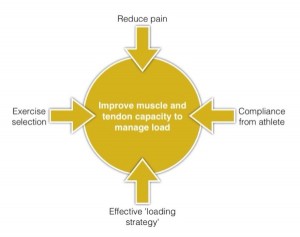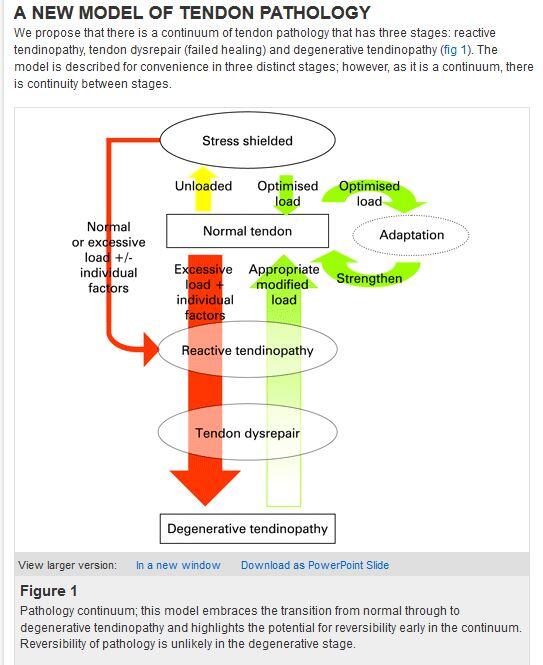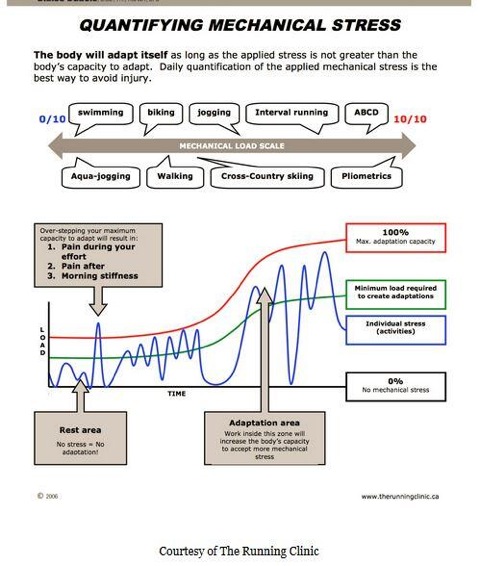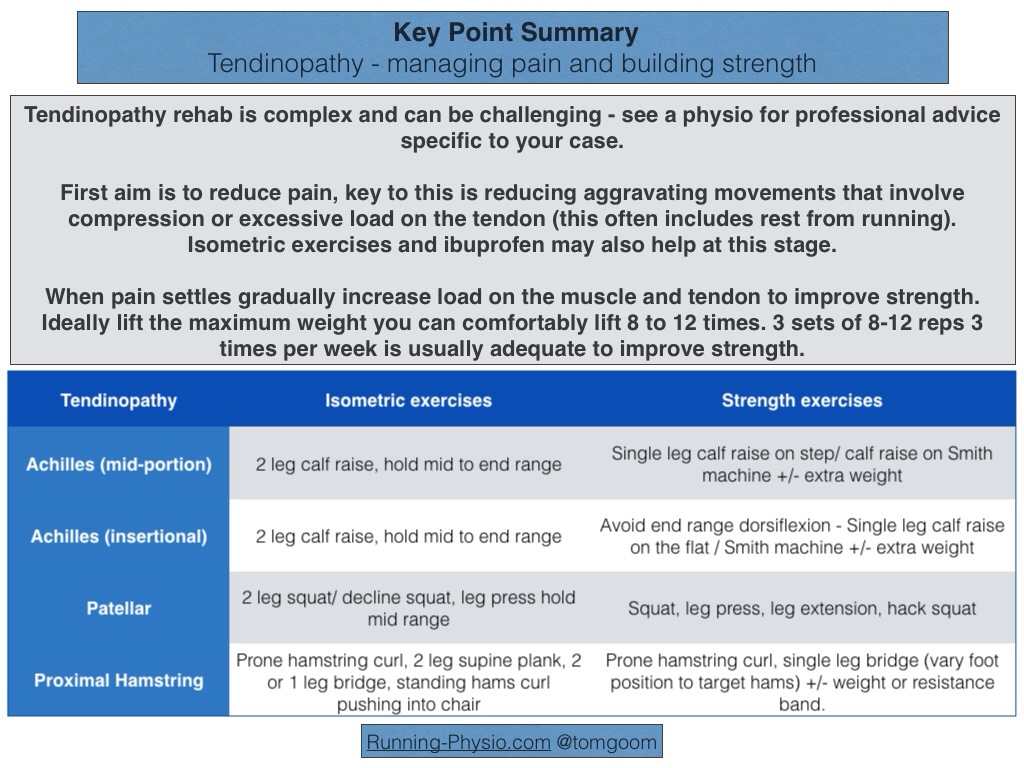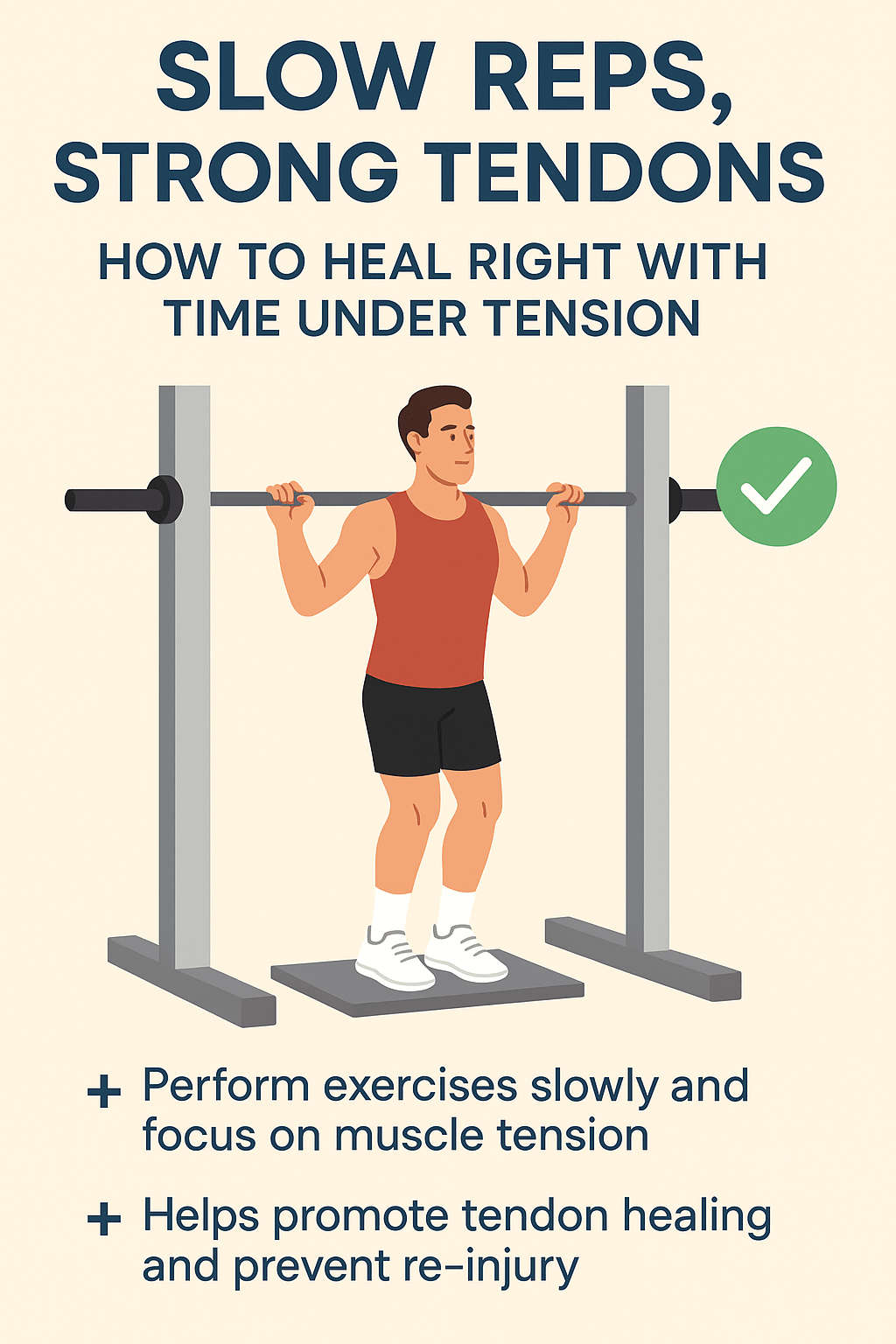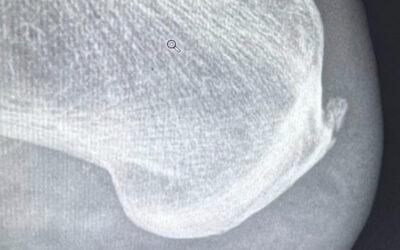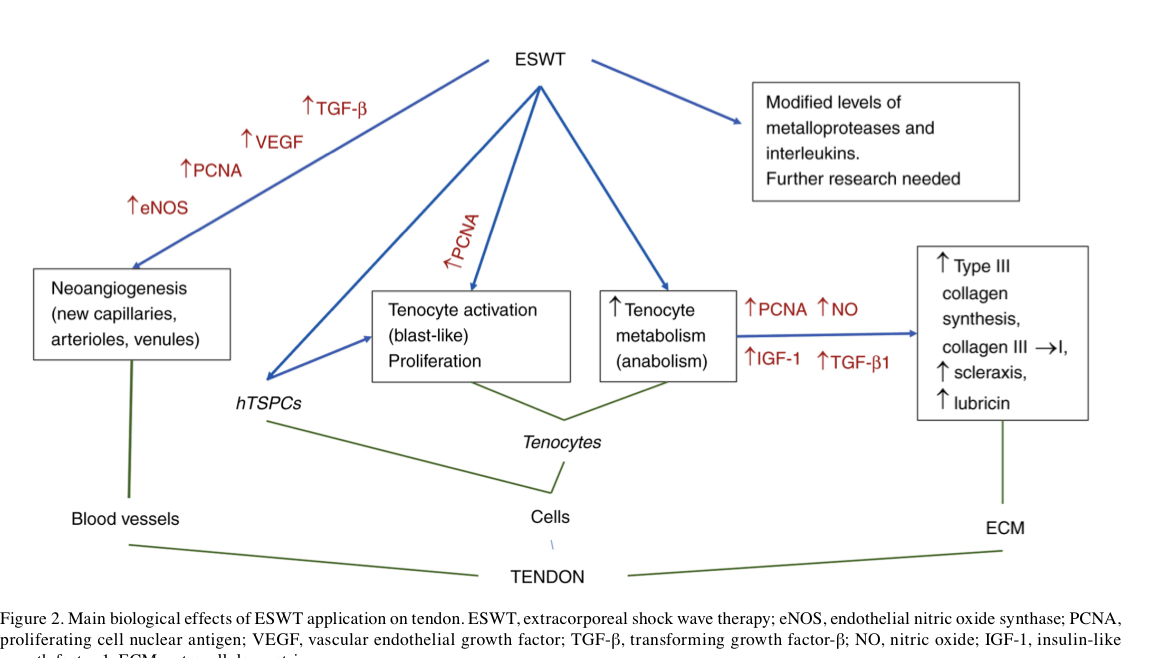Tendons and Tendon pain such as your achilles, patella, tennis elbow, golfer s elbow as professional sports are demanding better understanding of tendon pathology as injuries cause enormous financial issues both to the sports organisations and athletes. Sports such as tennis, athletics, football where in the past a variety of injections have been used have over the years proved to be detrimental the Long Term Life of Athletes Here is this brilliant Model of Tendon Pathology which one has to thank all the researchers in to Tendon Pathology
So here is some interesting abstracts and articles via reading from the British Journal of Sports Medicine with appreciation to Professor Jill Cook Professor Karim Khan
Basic stages of tendinopathy
1) Reactive
2) Tendon Dysrepair
3) Degenerative
It is important to realise that tendinopapthy does not necessarily follow a linear progression from a reactive tendon to a degenerative one. The term tendinopathy dictates a continuum process and tendons may move in and out of pathology and between stages in response to loading and/or unloading. These stages will be examined in greater detail once we have looked at the changes that occur that move a healthy tendon to a tendinopathy.
Reactive Tendinopathy
Pathophysiology: This is a non-inflammatory proliferative response, which is basically a thickening and stiffening of the tendon in an attempt to reduce stresses and cope with the load. It is generally short term and the tendon can return to normal if the excessive load is reduced or sufficient time is given between loading.
Imaging: visible swelling and increased diameter (US/MRI).
Clinical signs: Most common in younger people and often follows a period of acute overload i.e. through rapid increases in training load or starting training if previously sedentary.
Tendon Dysrepair:
Pathophysiology: As with a reactive tendinopathy this is an attempt at tendon healing. There is, however, greater matrix breakdown through collagen disorganisation and ground substance proliferation. Neovascularisation is also possible at this stage
Imaging: US and MRI will show increased matrix disorganisation and swelling and possible vessel infiltration.
Clinical Signs: This stage appears in chronically overloaded tendons. This has the potential to appear over a range of ages and loading environments.
Degenerative
Pathophysiology: There is progression of both matrix and cell changes and areas of cell death. Large areas of the matrix are disordered, filled with vessels (neovascularisation). Considerable diversity is apparent in the structure of the tendon.
Imaging: Extensive compromise of the tendon can be seen on US and MRI
Clinical Signs: More commonly seen in the older patient/athlete, but is also occasionally seen in younger athletes (often elite) with a chronically and severely overloaded tendon. However, the more classic presentation is the middle-aged recreation athlete, with focal swelling, who describe repeated bouts of tendon pain. If allowed to progress, this stage can eventually lead to rupture. Analyses of ruptured tendons have shown these degenerative changes in 97% of cases.
References:Allison GT, Purdam C. Eccentric loading for Achilles tendinopathy—strengthening or stretching? Br J Sports Med 2009;43:276–9.Gaida JE, Cook JL, Bass SL. Adiposity and tendinopathy. Disabil Rehabil 2008;30:1555–62.Coombes BK, Bisset L, Vicenzino B, A new integrative model of lateral epicondylalgia. Br J Sports Med 2009;43:252–8.Woo SL, Renstrom P, Arnoczky SP: Tendinopathy in athletes, Encyclopedia of Sports Medicine. Blackwell Publishing, Oxford, UK; 2007.Cook JL, Purdam CR: Is tendon pathology a continuum? A pathology model to explain the clinical presentation of load-induced tendinopathy. Br J Sports Med 2009, 43(6):409-416.Langberg H, Ellingsgaard H, Madsen T, Jansson J, Magnusson SP, Aagaard P, Kjaer M: Eccentric rehabilitation exercise increases peritendinous type I collagen synthesis in humans with Achilles tendinosis. Scand J Med Sci Sports 2007, 17(1):61-66.
HERE IS ONE LINK BY Professor Karim Khan on rehabilitation of Tendon Pathology

